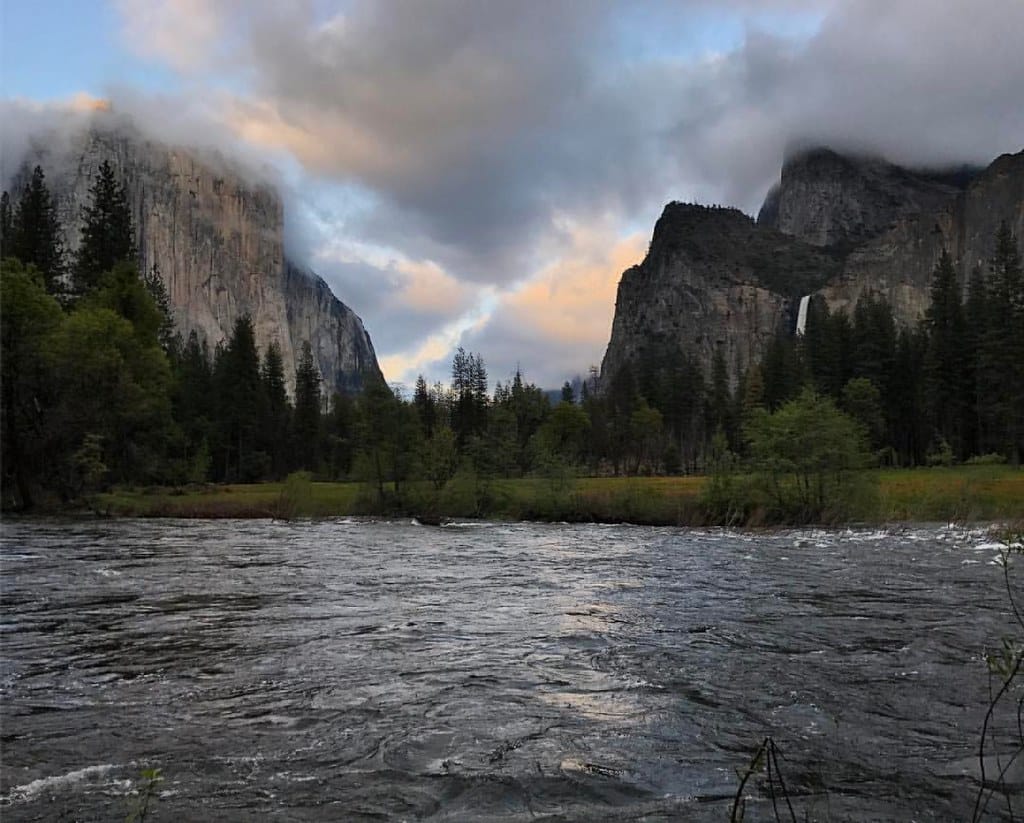Welcome to Yosemite, a land of towering granite cliffs and cascading waterfalls! Before you lace up your hiking boots, it’s important to consider the park’s diverse elevations, ranging from the valley floor to the Sierra Nevada’s soaring peaks. This guide will equip you with everything you need to know about Yosemite’s altitude, how it might affect you, and how to prepare for your adventure.
Navigating Yosemite’s Diverse Elevations
Yosemite Valley, the park’s heart, rests at a comfortable 4,000 feet above sea level. While slightly higher than Denver, Colorado, most visitors adjust quickly. However, as you venture further, the altitude climbs dramatically. Glacier Point, a popular overlook, sits at 7,214 feet. For those seeking the challenge of Half Dome or similar hikes, prepare for elevations exceeding 10,000 feet!
Altitude’s Effects on Your Body
Ascending to higher altitudes means encountering thinner air with less oxygen. This can lead to altitude sickness, with symptoms ranging from mild headaches and dizziness to shortness of breath. While most people experience only mild effects, it’s crucial to be prepared.
Acclimating to Yosemite’s Heights
The best defense against altitude sickness is allowing your body to acclimatize. If you plan to hike at higher elevations, consider spending a few days lower first. For example, explore Yosemite Valley before heading to Tuolumne Meadows (around 8,600 feet). This gradual acclimatization can significantly reduce your risk. Consulting your doctor is always recommended, especially if you have any pre-existing health conditions.
Choosing the Right Hike
Yosemite offers a vast network of trails, from leisurely strolls to challenging climbs. When choosing a hike, consider the elevation gain and the altitude you’ll be hiking at. Beginners or those new to altitude should start with shorter hikes at lower elevations. As you acclimate and gain experience, you can gradually work your way up. Park rangers, guidebooks, and online trail maps are excellent resources for finding the perfect hike.
Essential Safety Tips for Hiking at Altitude
- Hydrate: Drink plenty of water, even before you feel thirsty, as altitude can dehydrate you quickly.
- Pace Yourself: Avoid pushing yourself too hard, especially during your first few days at altitude.
- Listen to Your Body: If you begin to feel unwell, stop, rest, and descend to a lower altitude if necessary.
- Pack Layers: Yosemite’s weather can change rapidly, so be prepared for anything.
- Check the Forecast: Be aware of potential weather hazards, such as thunderstorms, which are more common at higher elevations.
By following these tips and planning accordingly, you can ensure a safe and enjoyable experience exploring Yosemite National Park. Remember, preparation is key when venturing into higher altitudes.
Is Yosemite Considered High Altitude?
Yosemite’s diverse landscape includes a vast range of elevations, from the valley floor at a manageable 2,127 feet to the awe-inspiring Mount Lyell, peaking at 13,114 feet.
While the valley floor sits at a relatively comfortable elevation, anything above 8,000 feet is generally considered high altitude. This distinction is crucial as different elevations host distinct ecosystems and require varying levels of preparation.
Yosemite is like an elevation layer cake. The valley floor is a lush paradise, while slightly higher elevations boast beautiful evergreen forests. Ascend further, and you’ll discover meadows with wildflowers and hardy alpine plants. Finally, the towering peaks, often snow-capped even in summer, present a unique challenge.
If you plan on hiking to higher elevations, be aware of the potential for altitude sickness. Headaches, dizziness, and nausea are common symptoms. To minimize risk, allow your body to acclimatize by starting with lower-elevation hikes and gradually increasing your altitude. Drink plenty of water and listen to your body – if you start feeling unwell, descend to a lower elevation.
Yosemite’s Elevation in Meters
Yosemite’s diverse elevations create a unique landscape. The valley floor sits at approximately 1,219 meters (4,000 feet) above sea level. Ascending to Tuolumne Meadows will take you to 2,627 meters (8,622 feet), while the highest point, Mount Lyell, reaches a staggering 3,997 meters (13,114 feet).
Each elevation zone in Yosemite offers a unique experience. The higher you climb, the cooler the temperatures and thinner the air. While the views from the top are rewarding, remember that safety should always come first. Plan your hikes according to your abilities and the altitude, and always listen to your body.
Exploring Yosemite’s Heights
Yosemite’s elevation changes dramatically from its lowest point at the Merced River (2,127 feet) to its highest peak, Mount Lyell (13,114 feet). This difference, equivalent to stacking 12 Eiffel Towers, contributes to the park’s diverse ecosystems, ranging from lush meadows to rugged alpine tundra.
The impact of elevation is noticeable. As you climb higher, the air thins, temperatures drop, and vegetation transforms.
Here’s a general guide to help you plan your activities:
- Lower Elevations (2,000 – 4,000 feet): Ideal for leisurely hikes, biking, and beginner-friendly rock climbing.
- Middle Elevations (4,000 – 8,000 feet): This is where you’ll find steeper hikes, backpacking trails, and stunning panoramic views.
- High Elevations (8,000+ feet): This is for the adventurous, offering intense hikes, mountaineering, and backcountry camping.
Acclimatizing to the thinner air at higher elevations is crucial. Drink plenty of water, eat nutritious food, and avoid overexertion, especially when you first arrive. Be aware of altitude sickness symptoms such as headaches, nausea, and dizziness. If you experience any of these, descend to a lower elevation immediately.
Understanding Yosemite’s elevations before your trip allows you to plan activities that match your fitness level and explore the areas that interest you most. Remember to consult park resources and experts for specific trail information and safety guidelines.
If you are looking for a fun zoo that has a lot of animals, then the zany zoo is the place for you. If you are looking for a beautiful park with lots of water, try the wilderness-voyageurs.
- Unlock Elemental 2 Secrets: Actionable Insights Now - April 2, 2025
- Lot’s Wife’s Name: Unveiling the Mystery of Sodom’s Fall - April 2, 2025
- Photocell Sensors: A Complete Guide for Selection and Implementation - April 2, 2025
















